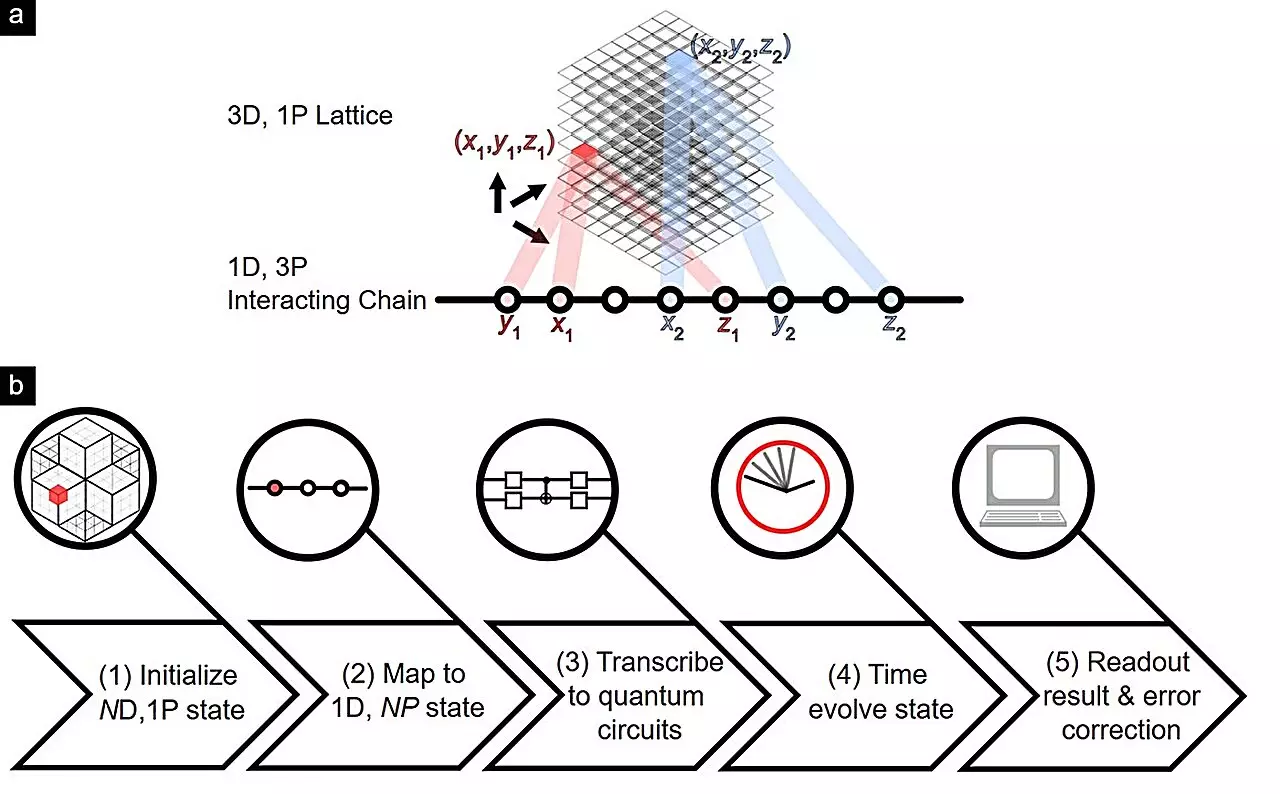The field of quantum computing continues to push boundaries and open up new possibilities in research and technology. Researchers from the National University of Singapore (NUS) have made significant strides in simulating higher-order topological (HOT) lattices using digital quantum computers. These complex structures hold promise for understanding advanced quantum materials with robust properties sought after in various technological applications.
The study of topological states of matter, including their HOT counterparts, has garnered attention from physicists and engineers alike. Topological insulators, in particular, have unique properties that make them highly desirable for applications in transport and signal transmission technology. The electrons flowing along the edges of topological materials are resilient to defects or deformations within the material, showcasing their potential for creating more reliable devices.
Assistant Professor Lee Ching Hua and his team at NUS have developed a scalable approach to simulate large, high-dimensional HOT lattices using quantum computers. By leveraging the capabilities of quantum computing qubits, they have been able to encode complex lattice structures into simple spin chains. This breakthrough allows for the exploration of topological materials with unprecedented precision, even in four dimensions.
Despite the limitations of current noisy intermediate-scale quantum (NISQ) devices, the researchers at NUS have implemented advanced error mitigation techniques to accurately measure topological state dynamics and protected mid-gap spectra of HOT lattices. This demonstrates the potential of quantum technology to delve into new frontiers in material engineering and pave the way for future advancements in the field.
The ability to simulate high-dimensional HOT lattices opens up exciting research avenues in quantum materials and topological states. This development suggests a promising path towards achieving true quantum advantage in the future, showcasing the potential for quantum computing to revolutionize material engineering and technological applications.
The research conducted by the team at NUS highlights the significant impact of quantum computing on the study of advanced materials. By simulating complex lattice structures with unprecedented accuracy, they have unlocked new possibilities for understanding and harnessing the properties of topological materials. This breakthrough paves the way for future innovations in material engineering and technology, marking a crucial step towards leveraging the full potential of quantum computing.


Leave a Reply